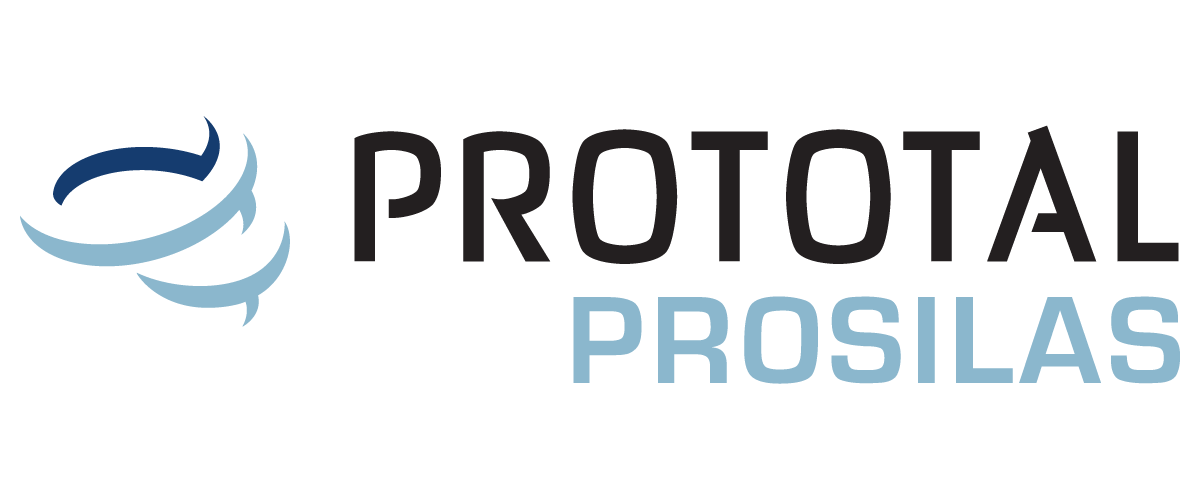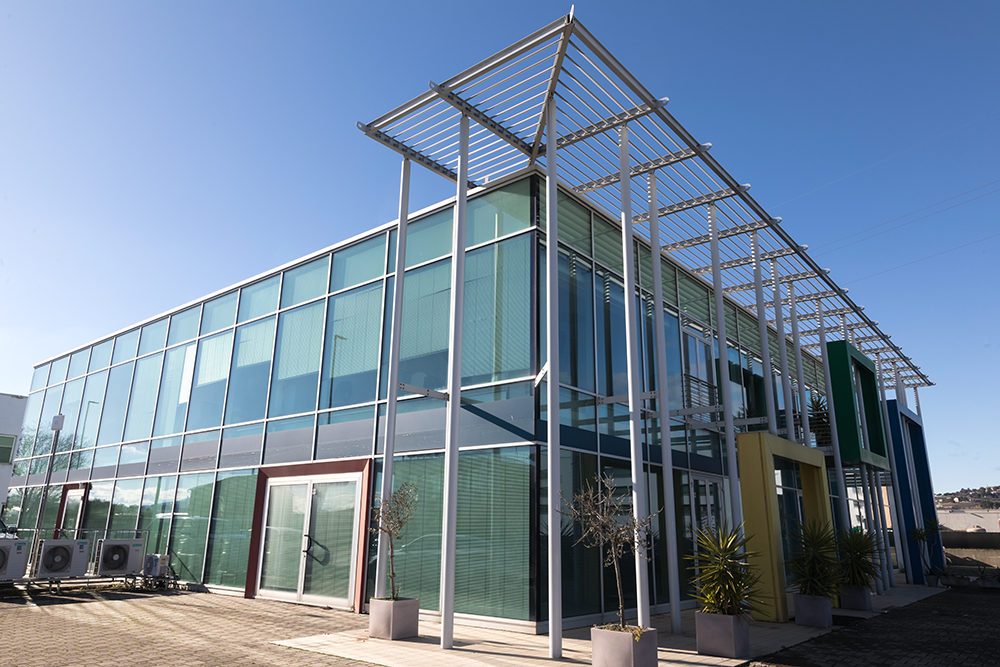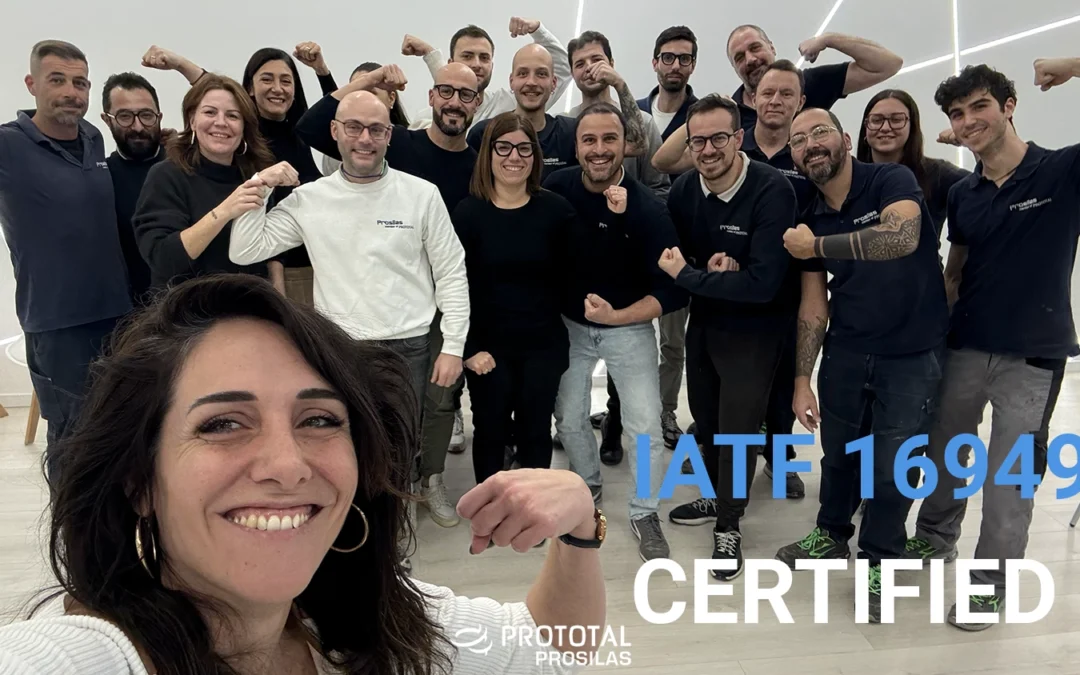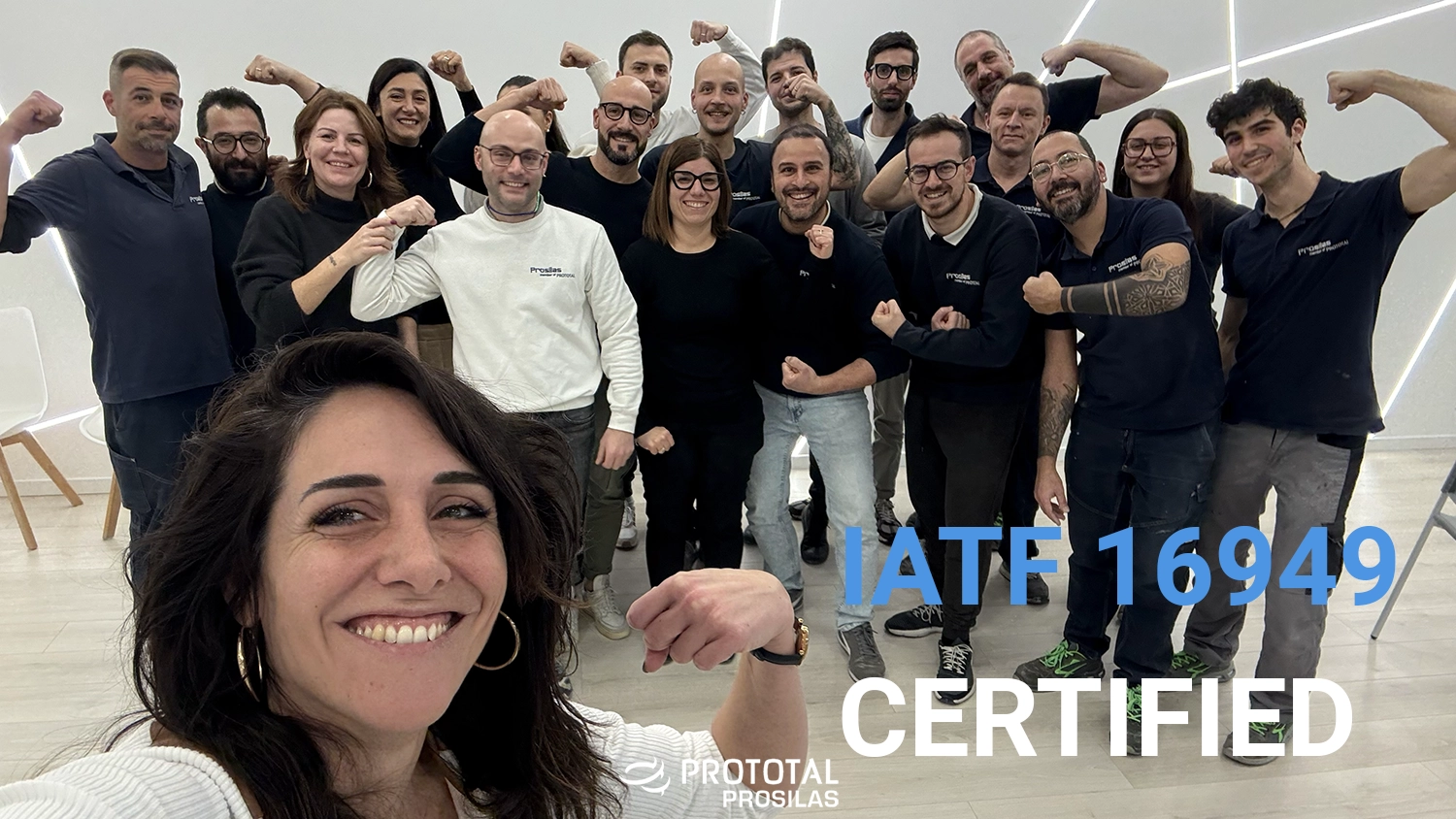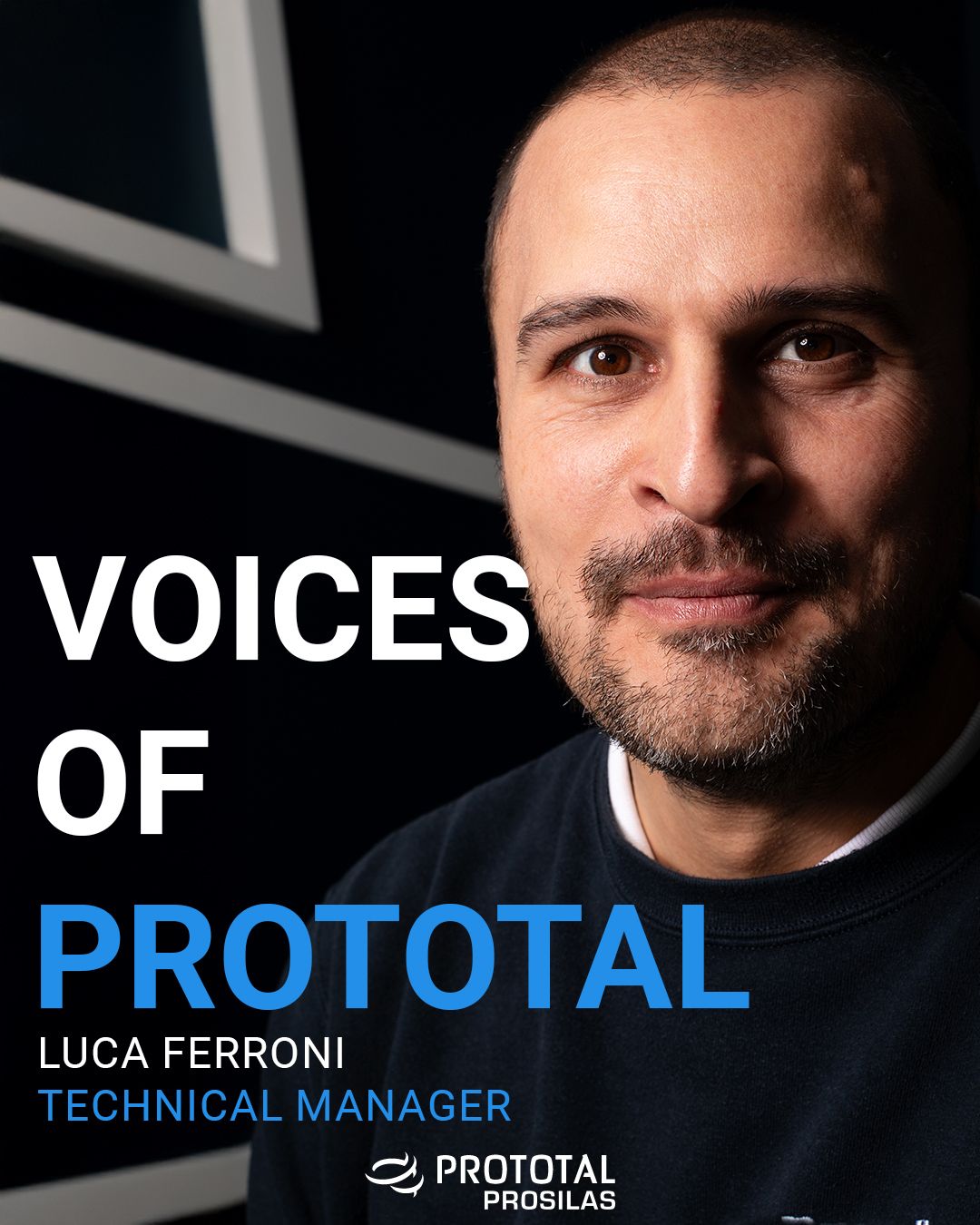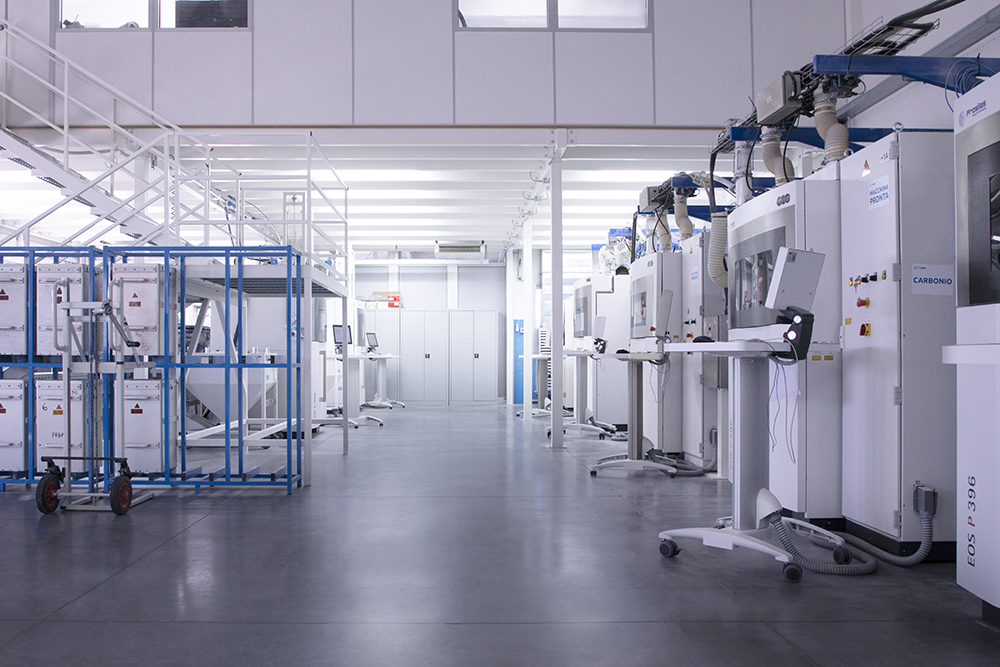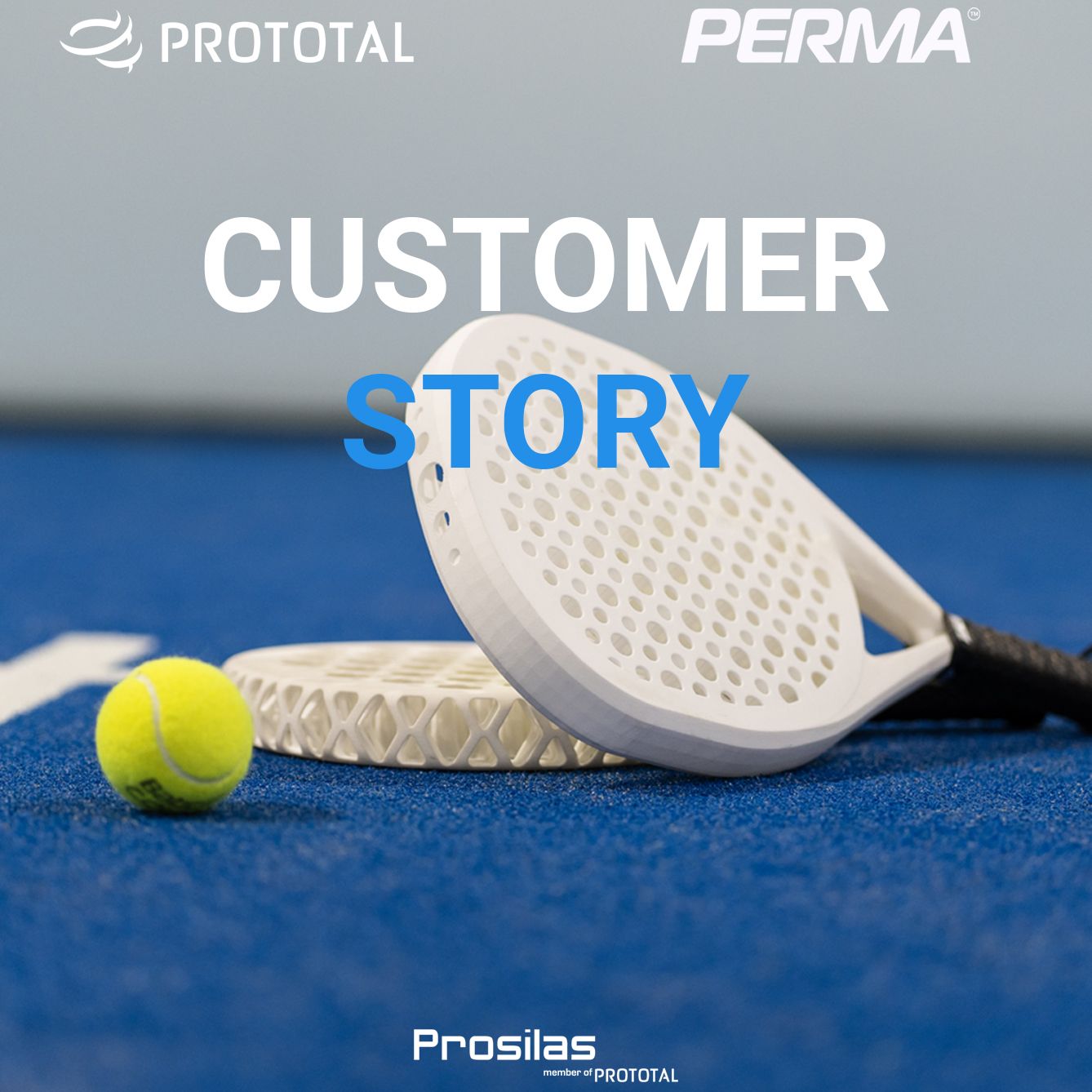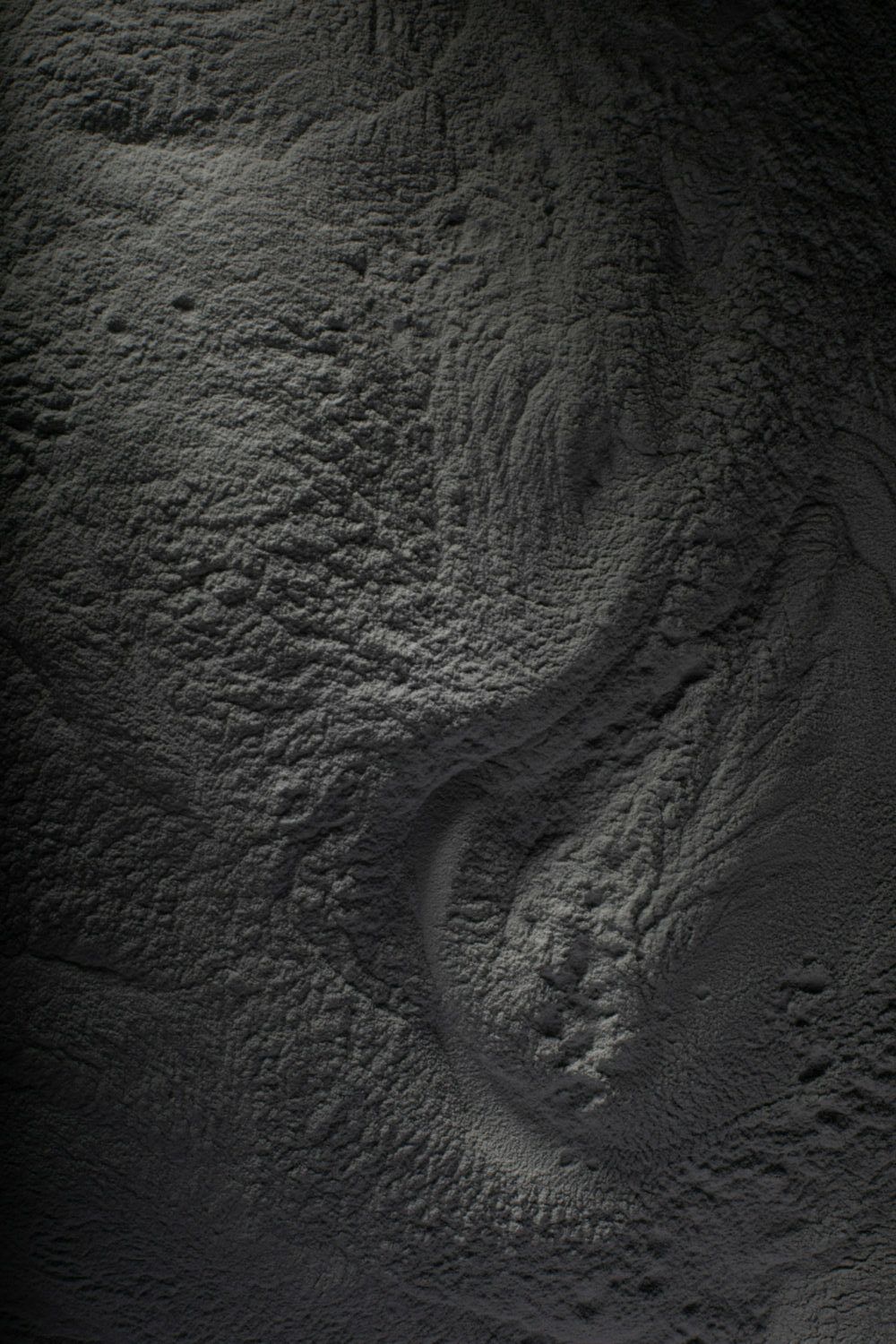
Voices of Prototal – Michele Paolinelli
MICHELE PAOLINELLI
STRATEGIC ACCOUNT MANAGER
“Discipline, method, and curiosity are the best tools to face any challenge.”

What is your professional background?
“For ten years, I worked as a freelance surveyor, driven by my passion for architecture since high school. It was a job that helped me grow day by day, but at some point, I felt it lacked a stable future. I decided to close my freelance practice and look for a change.
A friend told me about Prosilas, and I was immediately intrigued. After exploring the world of Additive Manufacturing, I had no doubts: this was a new and exciting field with endless applications across diverse industrial sectors. I chose to join this company and never looked back.”
What energizes you outside of work?
“Riding motorcycles is my greatest passion. It’s the only activity that allows me to enter a state of flow: mind and body sync perfectly, and everything flows naturally. Besides motorcycling, I practice powerlifting and crossfit, two disciplines that train me both physically and mentally.
When I want to slow down, I turn to reading, particularly philosophy and non-fiction, as tools to reflect and grow. And I love traveling, especially with Claudia, my wife and life partner, with whom I share unforgettable moments exploring new places and cultures.””
How do you stay motivated, and what is your general work philosophy?
“My method is clear: discipline, precision, and consistency. Every day, I set increasingly ambitious goals because improving myself is the only way to grow. In my current role, empathy plays a key role: building trusting relationships with clients is essential for long-lasting and valuable projects.”
Pride and challenges
“The greatest satisfaction is seeing a happy client, especially when the entire team works cohesively towards a common goal. And when it comes to motorsport projects, it’s the cherry on top!
Of course, there are difficult moments. Technical problems or a client’s financial challenges require a proactive and methodical approach: you must stay calm, identify the root of the issue, and solve it without being overwhelmed by emotions.”
“My goal is clear: I aspire to take on a commercial role where I can lead a team, sharing the experience I’ve gained over the years. I want to manage the most innovative and forward-thinking projects, those that pave the way for the future of our clients and Prototal.”
“My advice for those starting this journey? Never stop being curious. Explore, learn, and continuously improve. Change always starts with you.”
Michele Paolinelli – Strategic Account Manager Prototal Prosilas
